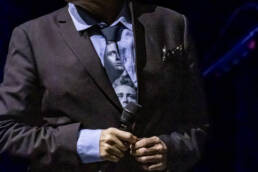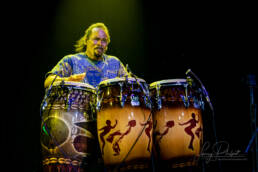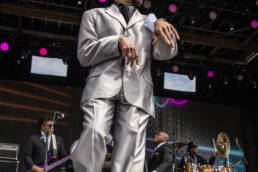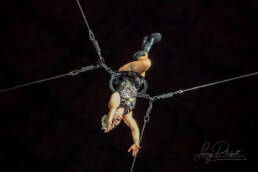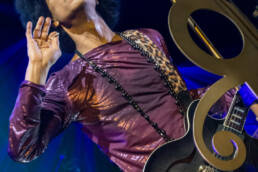Tim McGraw: A Cowboy’s Heart in a Country Song
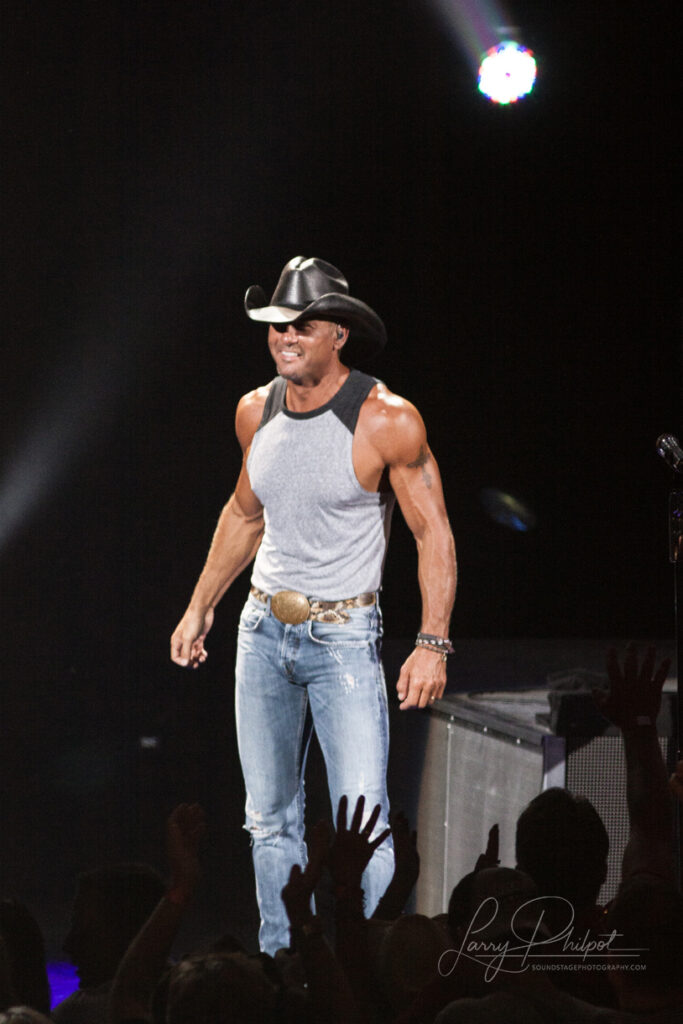
The Spark That Lit the Fire
Picture a young Tim McGraw, barely out of his teens, sitting in a Louisiana dorm room at Northeast Louisiana University. It’s the late 1980s, and he’s strumming a guitar he’d just bought on a whim—a cheap pawn shop find that felt like a lifeline. The story goes that Tim wasn’t chasing fame or dreaming of sold-out arenas back then. No, it was simpler than that: he was heartbroken. A girl had dumped him, and like so many before him, he turned to music to mend the pieces. That guitar became his confidant, and the twang of country chords offered solace when words failed. It wasn’t long before he realized that singing wasn’t just therapy—it was his calling. Dropping out of college to chase that sound to Nashville wasn’t a grand plan; it was an instinct, a pull he couldn’t ignore. For Tim, music wasn’t about ambition—it was about survival.
The Man Behind the Hat: A Biography
Samuel Timothy McGraw was born on May 1, 1967, in Delhi, Louisiana, to a single mother, Elizabeth “Betty” Trimble, a waitress with a fierce spirit. His father? That’s a twist worthy of a country song. Tim grew up believing his dad was Horace Smith, his mother’s husband at the time, until age 11 when he stumbled across his birth certificate. The name listed wasn’t Smith—it was Frank Edwin “Tug” McGraw, a Major League Baseball pitcher for the New York Mets and Philadelphia Phillies. Tug, a larger-than-life figure with a fastball as famous as his charisma, initially denied paternity. It wasn’t until Tim was 17, meeting Tug face-to-face in a Louisiana motel room, that the truth settled in. Tug finally acknowledged his son, but their bond remained rocky, a thread of tension that would weave through Tim’s life and lyrics.
Raised in Start, Louisiana, Tim was a small-town kid with big dreams—first of baseball, like his dad. He earned a baseball scholarship to Northeast Louisiana University, but an injury sidelined that path. That’s when music crept in, sparked by that heartbreak and fueled by the likes of Merle Haggard and George Strait echoing through his childhood home. In 1989, at 22, he packed his bags and headed to Nashville, the same day Tug won the World Series with the Phillies—a poetic footnote to his journey. Nashville wasn’t kind at first. Tim played dive bars, slept on couches, and scraped by, but his persistence—and a voice that could carry both grit and grace—eventually caught ears.
The Career That Built a Legend
Tim’s career kicked off with a whimper, not a bang. His 1993 self-titled debut album flopped, barely rippling the country scene. But 1994? That’s when the cowboy hat became a crown. His sophomore album, Not a Moment Too Soon, shot to No. 1 on the Billboard Country charts, propelled by the cheeky anthem “Indian Outlaw.” Critics sneered at its stereotypes, but fans couldn’t get enough, and suddenly, Tim McGraw was a name on every radio dial.
He didn’t ride solo for long. In 1996, he met Faith Hill, a rising country star with a voice like honey and steel, on the Spontaneous Combustion Tour. Sparks flew—literally. Tim proposed in a trailer at a country festival, scribbling his plea on a mirror with a marker. They wed that October, and their partnership became one of country music’s most enduring love stories, spawning duets, tours, and three daughters: Gracie, Maggie, and Audrey.
Tim’s discography grew alongside his fame. Albums like Everywhere (1997), A Place in the Sun (1999), and Live Like You Were Dying (2004) cemented his status as a hitmaker. He’s never been tethered to a band in the traditional sense—Tim’s a solo act through and through—but his backing musicians, dubbed The Dancehall Doctors, have been his road family since 2002. The lineup’s fluid, but stalwarts like guitarist Darran Smith, drummer Billy Mason, and steel guitarist Denny Hemingson have logged countless miles with him.
Beyond music, Tim’s dipped into Hollywood, starring in films like The Blind Side (2009), Friday Night Lights (2004), and Country Strong (2010), often playing rugged everymen with a Southern drawl. His TV footprint includes a recurring role in the Yellowstone prequel 1883 (2021), where he traded his hat for a pioneer’s grit opposite Faith. Relationships with other artists? Faith’s the headline, but his longtime friendship with Kenny Chesney—forged on tour buses and golf courses—has made tabloid waves, especially when Chesney’s brushes with the law (like that 2000 horse-riding arrest) dragged Tim’s name along for the ride.
Awards piled up: three Grammys, 14 ACM Awards, 11 CMA Awards, and 10 American Music Awards. In 2017, he and Faith were inducted into the Country Music Hall of Fame’s “Modern Era Artist” category as a duo, a testament to their shared legacy.
The Hits That Define Him
- “Don’t Take the Girl” (1994) – Written by Craig Martin and Larry W. Johnson, this tearjerker about love and sacrifice hit No. 1 and made Tim a household name.
- “Live Like You Were Dying” (2004) – Penned by Tim Nichols and Craig Wiseman, this emotional powerhouse topped charts and won CMA Song of the Year, inspired by Tug’s battle with brain cancer before his death in 2004.
- “Humble and Kind” (2016) – Lori McKenna’s heartfelt ballad became an anthem of compassion, earning a Grammy for Best Country Song.
- “I Like It, I Love It” (1995) – A rowdy love song by Jeb Stuart Anderson, Steve Dukes, and Mark Hall, it’s still a crowd-pleaser at every show.
Controversy in the Spotlight
Tim’s not dodged scandal entirely. In 2013, he split from Curb Records after 20 years, suing them for breach of contract over delayed releases. Curb countersued, alleging he’d withheld recordings. The legal dust settled quietly, but it fueled rumors of Tim’s stubborn streak. Then there’s the occasional bar brawl—like the 2008 incident at a Louisiana gig where he shoved a fan who got too grabby. It’s rare, though; Tim’s more known for his charm than his temper.
A Night to Remember
Let me take you to July 10, 1997, at the Country Stampede in Manhattan, Kansas. Tim’s riding high off Everywhere, and 40,000 fans are packed into a field under a blazing sun. Mid-set, a thunderstorm rolls in—lightning cracking, rain pelting. Most acts would’ve bolted, but Tim? He grinned, tossed his hat into the crowd, and belted “It’s Your Love” with Faith as the skies opened. Soaked to the bone, he kept going for an hour, turning chaos into magic. Fans still call it “the night Tim McGraw sang with the storm.” It’s the kind of tale that proves why he’s more than a singer—he’s a force of nature.

